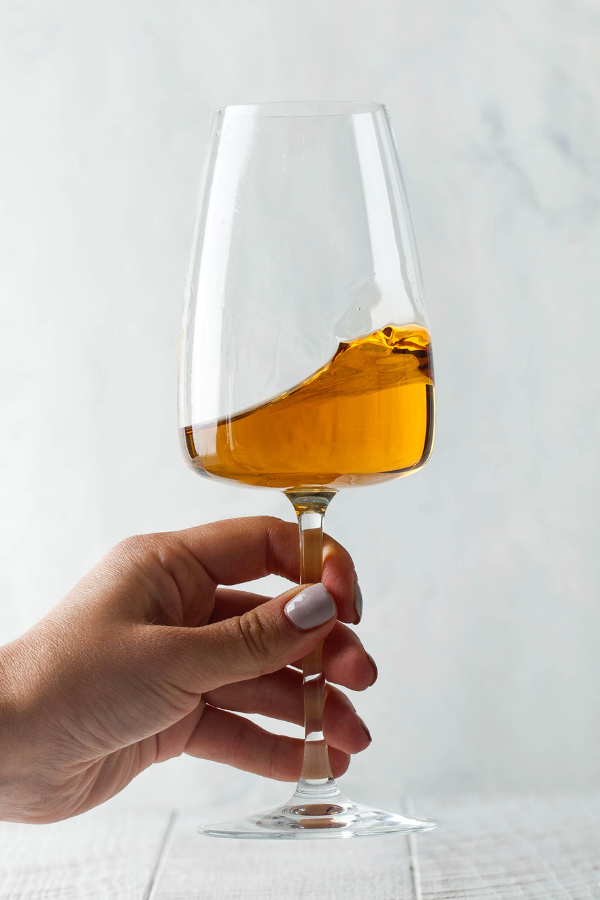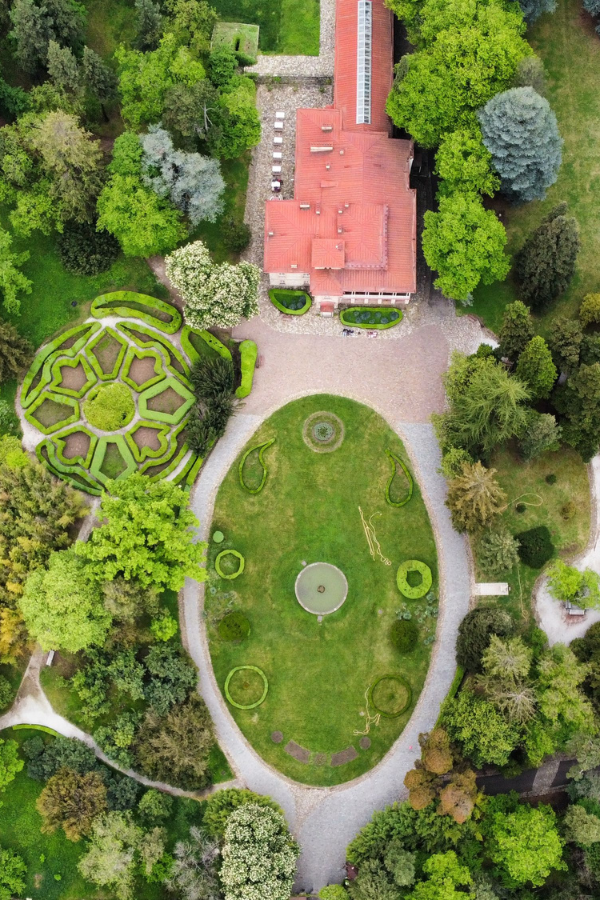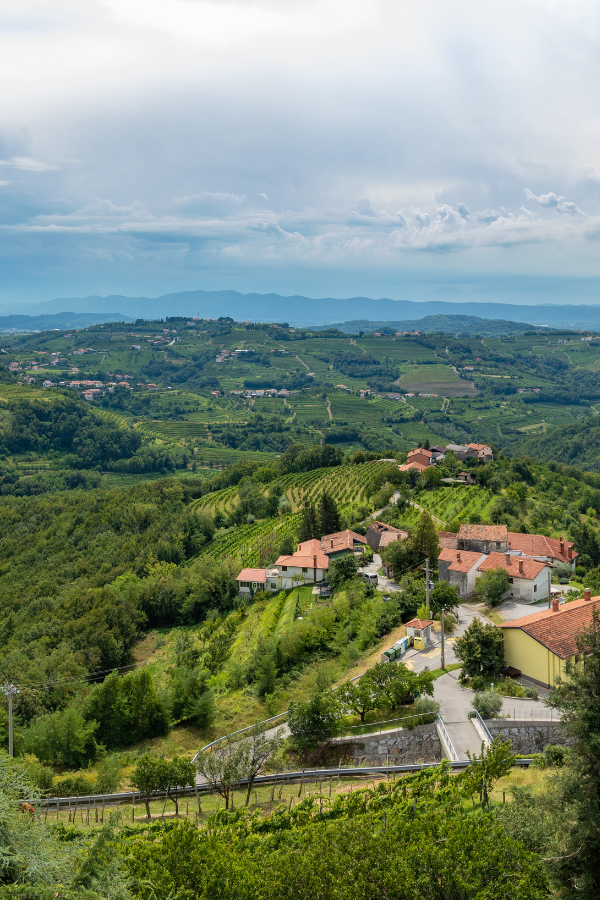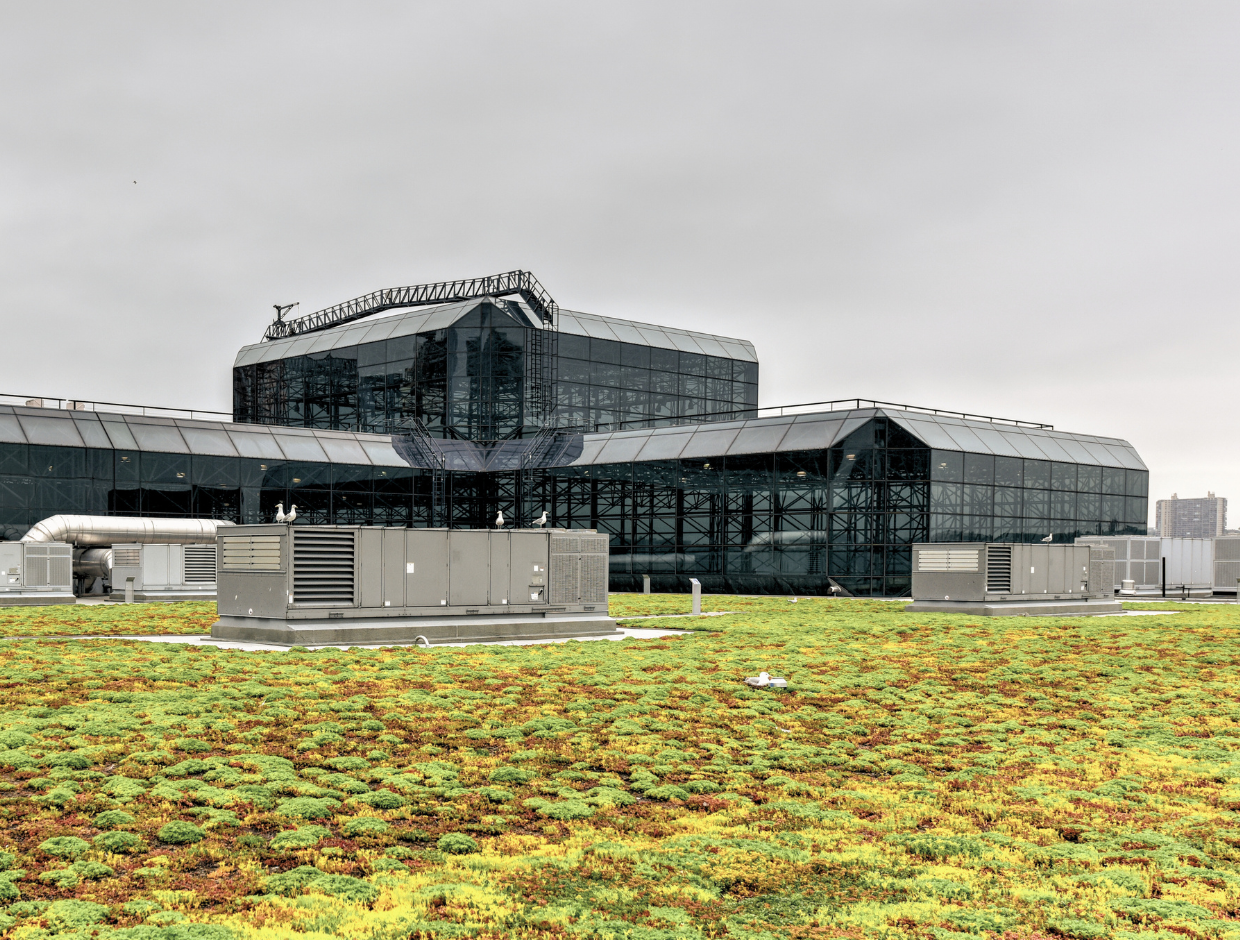

What is Orange Wine? An Ancient Method Makes a Modern Comeback
Summary
Reflection Questions
Journal Prompt
Those two words might conjure images of citrus-infused libations, but orange wine actually refers to a distinctive and ancient style of winemaking that is enjoying a modern resurgence. Known also as skin-contact wine, this unique beverage is crafted from white grapes using a method traditionally reserved for red wines, where the grape skins and seeds remain in contact with the juice for an extended period. This process imparts a rich spectrum of colors, ranging from deep golden hues to amber and light copper, along with a complex flavor profile that has captivated contemporary wine enthusiasts. Despite its modern popularity, the roots of orange wine stretch back thousands of years to ancient winemaking traditions in regions such as Georgia, Armenia, and Eastern Europe. Read on to learn more about this time-honored technique.
So, What Exactly is Orange Wine?


Orange wine, also known as skin-contact wine, is a type of white wine made by leaving the grape skins and seeds in contact with the juice for a longer period than usual, which is a technique typically used in red wine production. This extended maceration process gives the wine its distinctive hue.
While orange wines do indeed have a distinctive hue, the term “orange” can be somewhat misleading. The color of orange wine typically ranges from deep golden yellow to amber wine and even light copper. This unique coloration results from the extended maceration process where the juice of white grapes is left in contact with the grape skins and seeds for an extended period, similar to how red wine is made.
Here’s How It’s Made
Orange wine is produced using white grapes, but unlike typical white wines, the skins and seeds are not removed immediately after the grapes are pressed. Instead, they remain in contact with the juice during fermentation, which can last from a few days to several months. This process extracts more tannins and phenolic compounds from the grape skins, contributing to the wine’s color, texture, and flavor profile.
Here’s What It Tastes Like
The flavor profile of orange wine can vary widely depending on the grape variety, region, and winemaking techniques used. Generally, orange wines have a robust and complex taste, often described as a mix between white and red wines. Common flavor notes include dried fruit, nuts, honey, and spices. While orange wine tastes nothing like red or white wines, it does share the slightly tannic and textured mouthfeel of red wines.
Here’s How to Pair and Serve It


Orange wine’s versatility makes it a good match for a wide range of foods. Its bold flavors and tannic structure can stand up to richer dishes, such as roasted meats, spicy foods, and aged cheeses. It is typically served slightly chilled, similar to white wine.
Exploring the History of Orange Wine
Today, many wine drinkers absolutely love orange wine. Despite its modern resurgence, orange wine actually boasts a rich history that stretches back thousands of years. Its origins are deeply rooted in ancient winemaking traditions, particularly in the regions of Georgia, Armenia, and parts of Eastern Europe.
Ancient Beginnings in Georgia


The earliest known production of orange wine can be traced back to Georgia, often regarded as the birthplace of wine. In this region, the method of fermenting the white wine grape with its skin and seeds has been practiced for over 8,000 years.
Georgian winemakers used large clay vessels called qvevris (or kvevris) to ferment and store the wine. These vessels were buried underground, helping to maintain a consistent temperature during fermentation. This traditional method, still in use today, produces a wine with a unique amber color and a rich, tannic profile.
Spread Across the Mediterranean and Eastern Europe
The techniques developed in Georgia gradually spread to neighboring regions, including Armenia, Slovenia, and Friuli-Venezia Giulia in northeastern Italy. In these areas, winemakers adopted and adapted the skin-contact fermentation process to suit their local grape varieties and winemaking traditions. The resulting wines, although varied in taste and color, shared the common characteristic of being made from white grapes with extended skin contact.
Decline and Rediscovery


For many centuries, the production of orange wine was largely confined to these traditional regions. However, with the advent of modern winemaking techniques and the preference for clearer, more predictable wines, the practice of making orange wine declined. By the mid-20th century, it was nearly forgotten outside its historical heartlands.
The modern rediscovery of orange wine began in the late 20th and early 21st centuries. Winemakers in Italy, particularly in the Friuli-Venezia Giulia region, and Slovenia started experimenting with ancient methods, inspired by the desire to produce more natural and expressive wines. Pioneers like Josko Gravner and Stanko Radikon played a crucial role in reviving the interest in skin-contact wines. Their success sparked a broader movement among winemakers worldwide, leading to a renewed appreciation for the unique qualities of orange wine.
Contemporary Popularity


Today, orange wine has gained a significant following among sommeliers, wine enthusiasts, and natural wine advocates. Its distinctive flavors, historical significance, and artisanal production methods make it a popular choice in wine bars and restaurants across the globe. Modern producers from countries like the United States, Australia, and South Africa have embraced the style, adding their own regional twists to the traditional methods.
Here’s Where to Find Orange Wines Today
Pheasant’s Tears (Georgia)
Pheasant’s Tears, established by American artist John Wurdeman and Georgian winemaker Gela Patalishvili, is renowned for its dedication to traditional Georgian winemaking techniques. The winery uses qvevris, large clay vessels buried underground, to ferment and age their wines. Pheasant’s Tears focuses on indigenous Georgian grape varieties and produces a range of orange wines that are celebrated for their authenticity, complexity, and rich cultural heritage.
Fuel your creative fire & be a part of a supportive community that values how you love to live.
subscribe to our newsletter
*please check your Spam folder for the latest DesignDash Magazine issue immediately after subscription


Iago’s Wine (Georgia)
Iago’s Wine, founded by Iago Bitarishvili, is a small organic winery located in Chardakhi, Georgia. Known for its minimal intervention approach, Iago’s Wine utilizes traditional qvevris for fermentation. The winery produces limited quantities of high-quality orange wine from the Chinuri grape, which is highly regarded for its unique character and adherence to ancient Georgian winemaking traditions.
Radikon (Friuli-Venezia Giulia, Italy)
Radikon, led by the late Stanko Radikon and now run by his family, is a pioneering winery in the modern orange wine movement. Located in the Friuli-Venezia Giulia region of Italy, Radikon is known for its long maceration periods and natural winemaking processes. Their orange wines, made primarily from the Ribolla Gialla grape, are distinctive for their deep color, robust tannins, and complex flavors, setting a high standard in the orange wine category.
Josko Gravner (Friuli-Venezia Giulia, Italy)
Josko Gravner, a visionary winemaker in the Friuli-Venezia Giulia region, is renowned for his innovative approach to winemaking. Gravner uses ancient methods, including fermenting and aging wines in amphorae, to create his celebrated orange wines. His wines are known for their deep amber color, intense flavor profiles, and profound sense of place, making him a key figure in the revival of traditional winemaking techniques.
Movia (Slovenia)


Movia, located in the Goriška Brda region of Slovenia, is a renowned producer of natural and biodynamic wines. Led by winemaker Aleš Kristančič, Movia’s orange wines are made with extended skin contact and minimal intervention. The winery’s commitment to organic farming and traditional methods results in wines that are vibrant, expressive, and reflective of the region’s unique terroir.
Kabaj (Slovenia)
Kabaj, a family-run winery in the Goriška Brda region, is known for its dedication to producing traditional Slovenian wines. Winemaker Jean-Michel Morel uses extended maceration and aging in large oak barrels to create complex and nuanced orange wines. Kabaj’s wines are praised for their balance, depth, and ability to showcase the region’s indigenous grape varieties.
Donkey & Goat (California, USA)
Donkey & Goat, a natural winery in Berkeley, California, is known for its experimental and innovative approach to winemaking. Founded by Jared and Tracey Brandt, the winery produces a variety of orange wines using minimal intervention techniques. Their wines are celebrated for their bold flavors, unique textures, and commitment to sustainability and natural winemaking practices.
Harrington Wines (California, USA)
Harrington Wines, founded by Bryan Harrington, is dedicated to producing natural and low-intervention wines in California. The winery explores a wide range of grape varieties and winemaking styles, including several distinctive orange wines. Harrington’s commitment to experimental techniques and small-batch production results in unique, high-quality wines that are celebrated for their individuality and character.
Meinklang (Austria)
Meinklang, a biodynamic winery located in Burgenland, Austria, produces a diverse portfolio of wines, including notable orange wines. The Michlits family, who run the winery, emphasize holistic farming practices and minimal intervention in the cellar. Meinklang’s orange wines are known for their purity, vibrant flavors, and reflection of the biodynamic principles that guide the winery’s operations.
Gut Oggau (Austria)


Gut Oggau, situated in Austria’s Burgenland region, is renowned for its character-driven natural wines. Managed by Eduard and Stephanie Tscheppe-Eselböck, the winery uses biodynamic farming and traditional winemaking methods to produce their distinctive orange wines. Each wine is named after a fictional family member, reflecting its unique personality and story. Gut Oggau’s orange wines are celebrated for their depth, complexity, and expressive nature.
BK Wines (Adelaide Hills, Australia)
BK Wines, founded by Brendon and Kirstyn Keys in Adelaide Hills, Australia, is known for its innovative and artisanal approach to winemaking. The winery produces a range of wines, including several styles of orange wine made from various grape varieties. BK Wines is celebrated for its creativity, commitment to minimal intervention, and the vibrant, dynamic character of its orange wines.
Jauma (McLaren Vale, Australia)
Jauma, established by James Erskine in McLaren Vale, Australia, specializes in natural wines with a strong focus on sustainability and minimal intervention. The winery produces a variety of orange wines that are known for their expressive flavors, unique textures, and connection to the terroir. Jauma’s commitment to organic farming and low-intervention winemaking results in wines that are both innovative and reflective of their environment.








